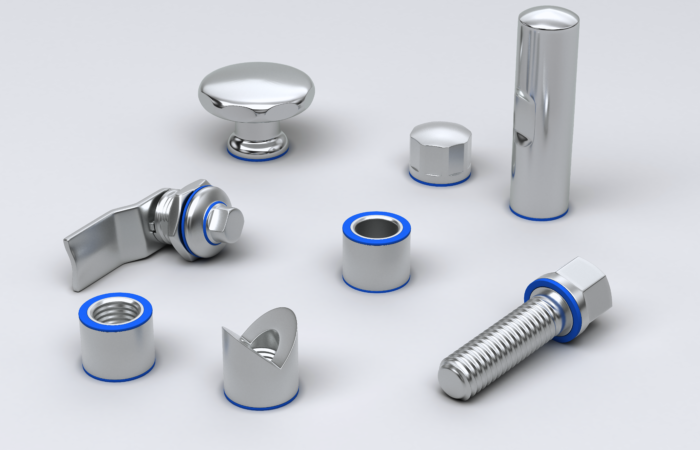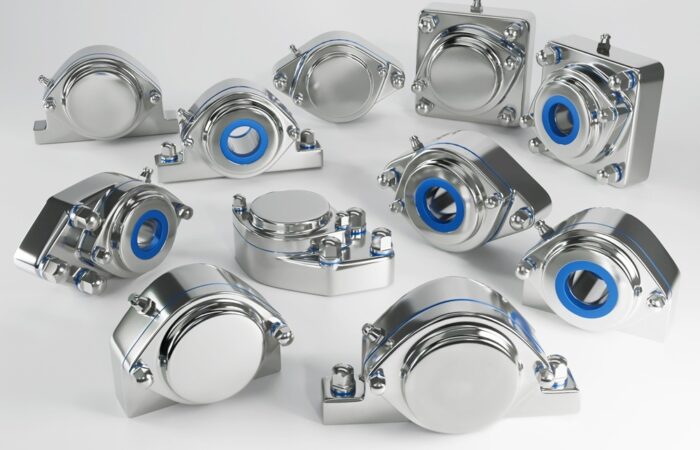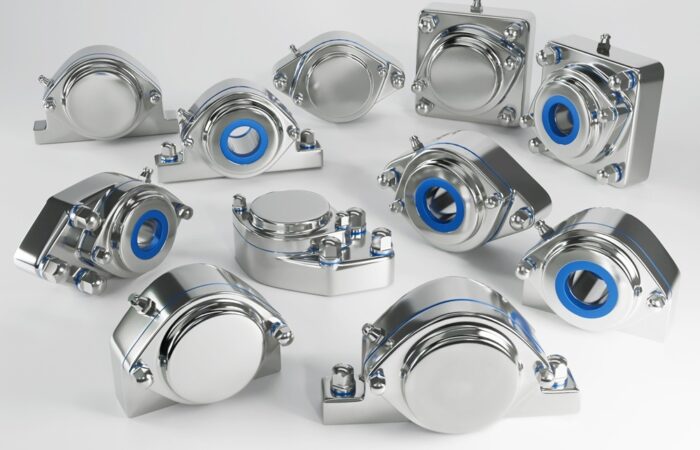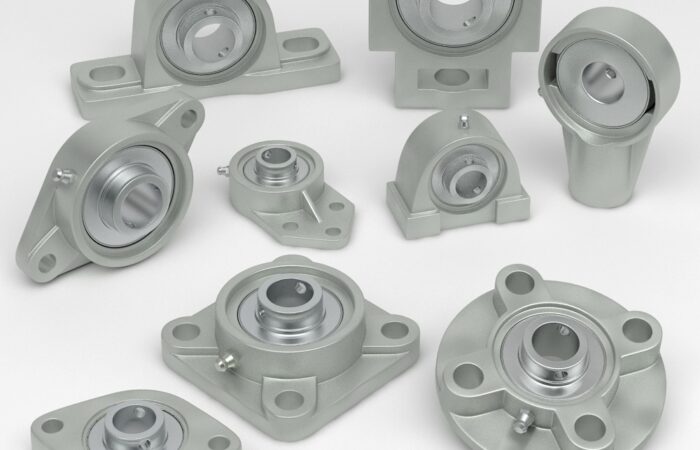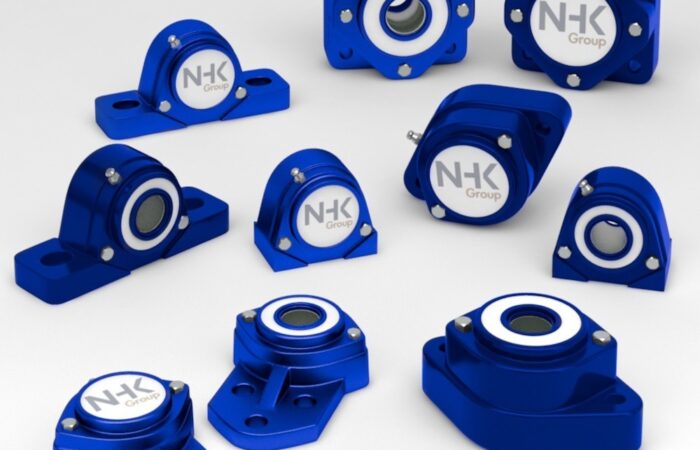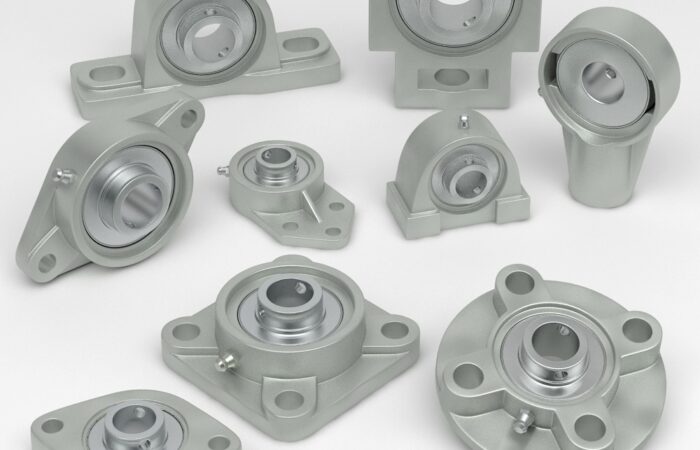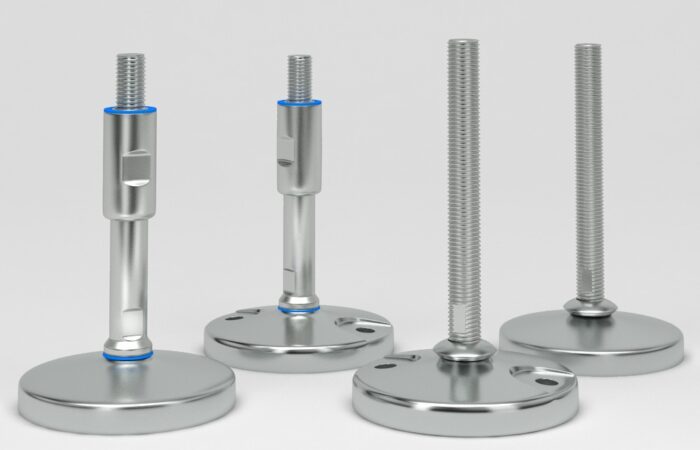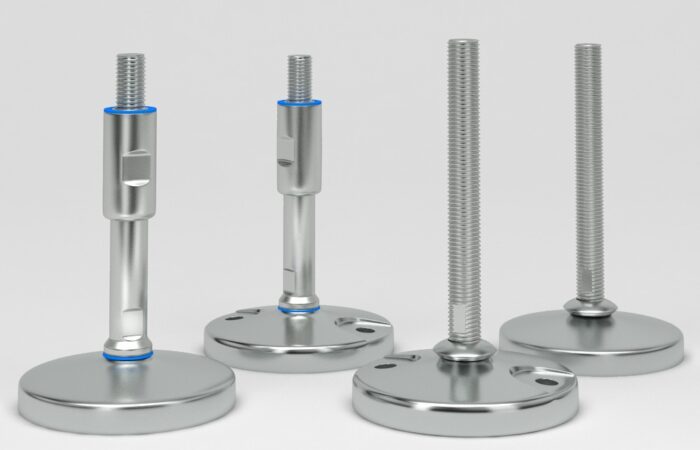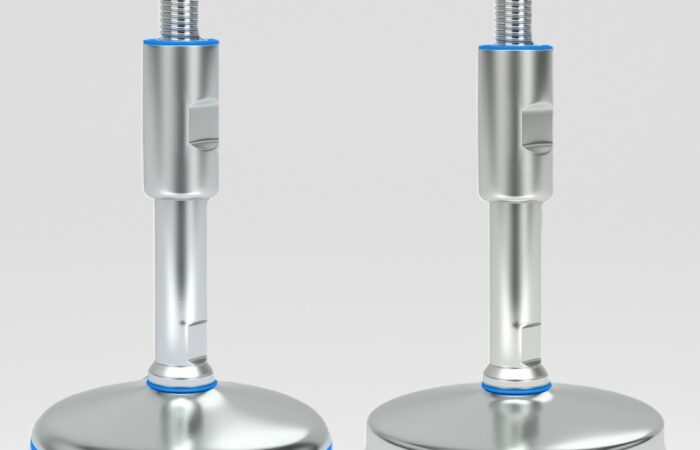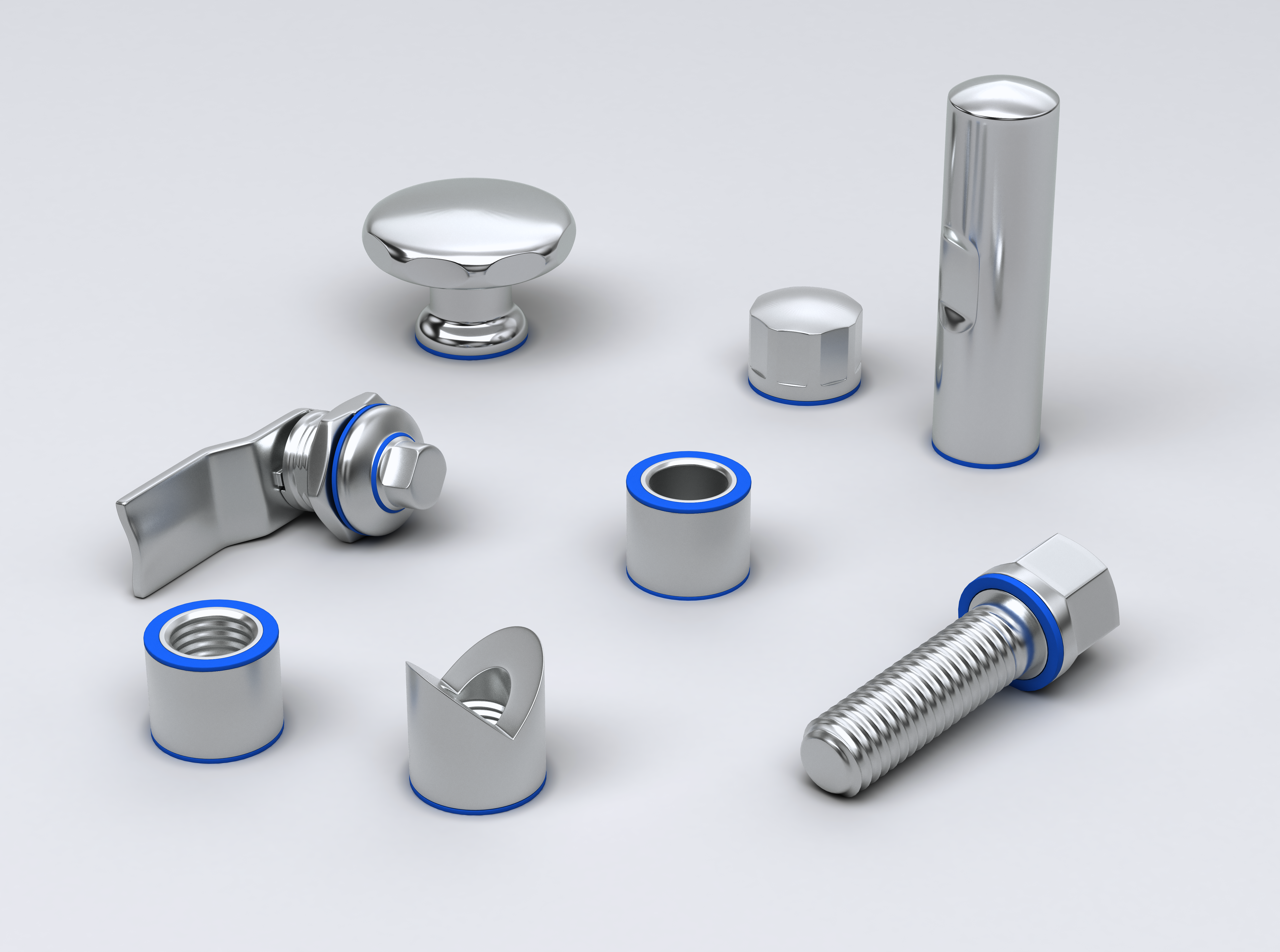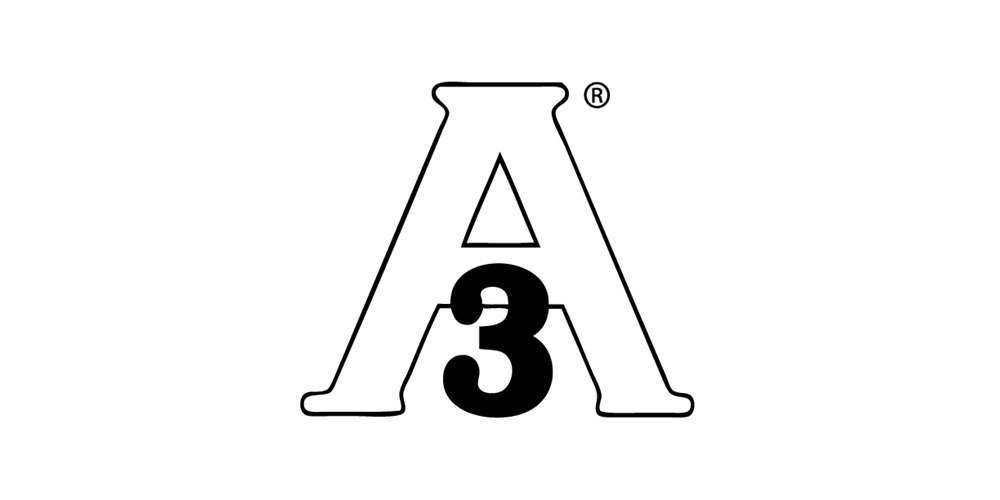
Everything You Want to Know About 3-A Sanitary Standards Certification
3-A Sanitary Standards certification is a vital aspect of ensuring the highest hygiene standards in food, beverage, and pharmaceutical equipment. This certification ensures that equipment meets rigorous standards for cleanability and sanitization, which is crucial for maintaining product safety and quality. Understanding the intricacies of this certification can help businesses make informed decisions about their equipment purchases and maintenance. 3-A Sanitary Standards is an American organization that develops hygienic design standards for equipment used in the food, beverage, and pharmaceutical industries. The certification ensures that equipment is designed to be easily cleaned and sanitized, preventing contamination and ensuring product safety. This certification is crucial for several reasons: Obtaining 3-A certification involves several steps: A large dairy processing company sought 3-A certification for its new pasteurization equipment. By adhering to 3-A standards, the company ensured that their pasteurization process was hygienic, reducing the risk of contamination. The certification also streamlined cleaning processes, saving time and money. A beverage company implemented 3-A certified bottling equipment to enhance the cleanliness of their production line. This certification not only improved product safety but also boosted consumer confidence in the brand. The company reported fewer quality control issues and faster turnaround times between production runs. A pharmaceutical manufacturer needed to certify their mixing equipment to meet stringent FDA regulations. By obtaining 3-A certification, the company ensured that their equipment met the highest hygiene standards, facilitating compliance with regulatory requirements and ensuring the safety of their products. A food packaging company faced challenges with frequent contamination issues. They decided to upgrade their machinery to 3-A certified equipment. This change led to a significant reduction in contamination incidents, improved product shelf life, and a notable decrease in maintenance costs. 3-A Sanitary Standards certification is an essential consideration for companies in the food, beverage, and pharmaceutical industries. It ensures that equipment meets the highest hygiene standards, promoting product safety and quality. By understanding and implementing these standards, businesses can achieve regulatory compliance, improve efficiency, and enhance their marketability.
Introduction to 3-A Sanitary Standards Certification
What is 3-A Sanitary Standards Certification?
Why is 3-A Sanitary Standards Certification Important?
How to Obtain 3-A Sanitary Standards Certification
Case Studies: Real-World Applications of 3-A Sanitary Standards Certification
Case Study 1: Dairy Processing Equipment
Case Study 2: Beverage Bottling Line
Case Study 3: Pharmaceutical Mixing Equipment
Case Study 4: Food Packaging Machinery
Benefits of 3-A Sanitary Standards Certification
Understanding 3-A Sanitary Standards certification


Contact
Articles
